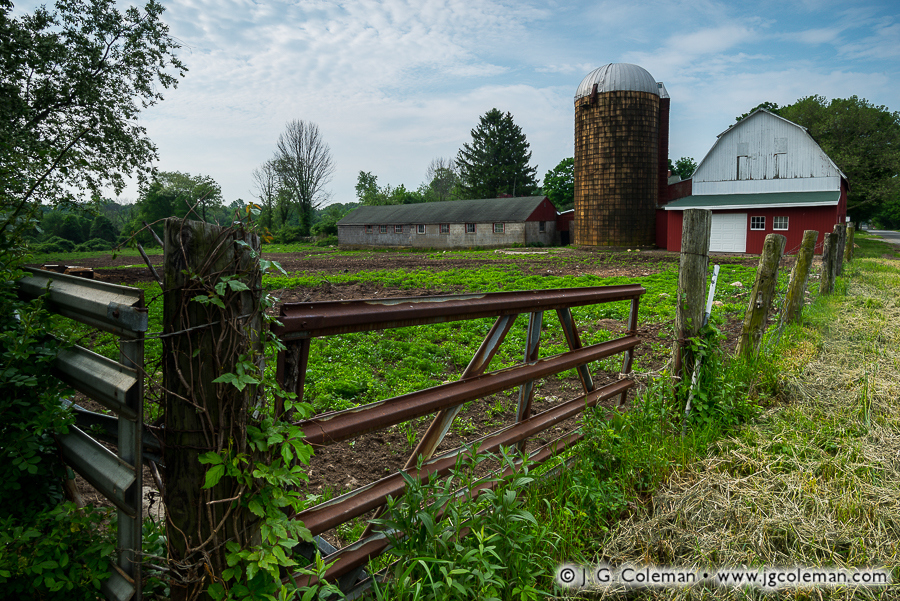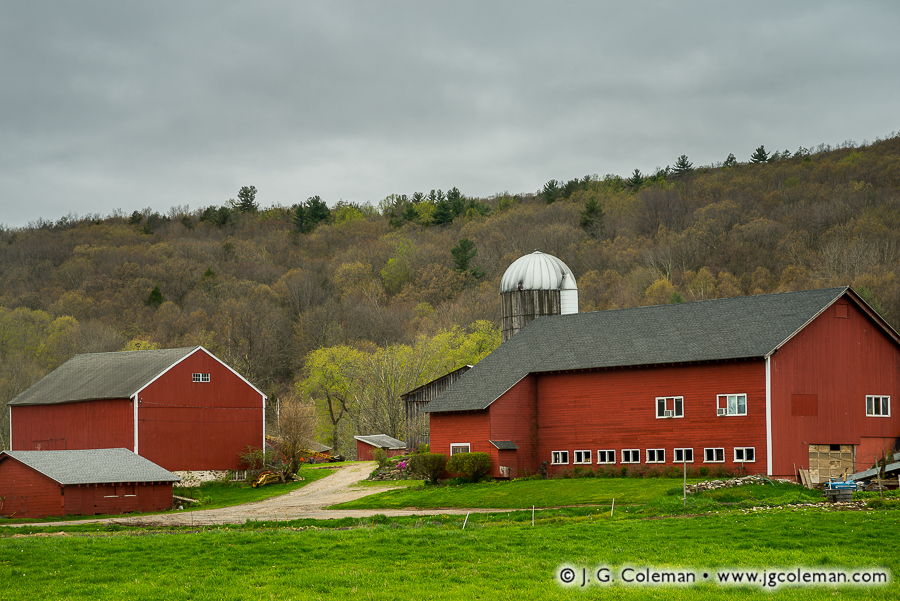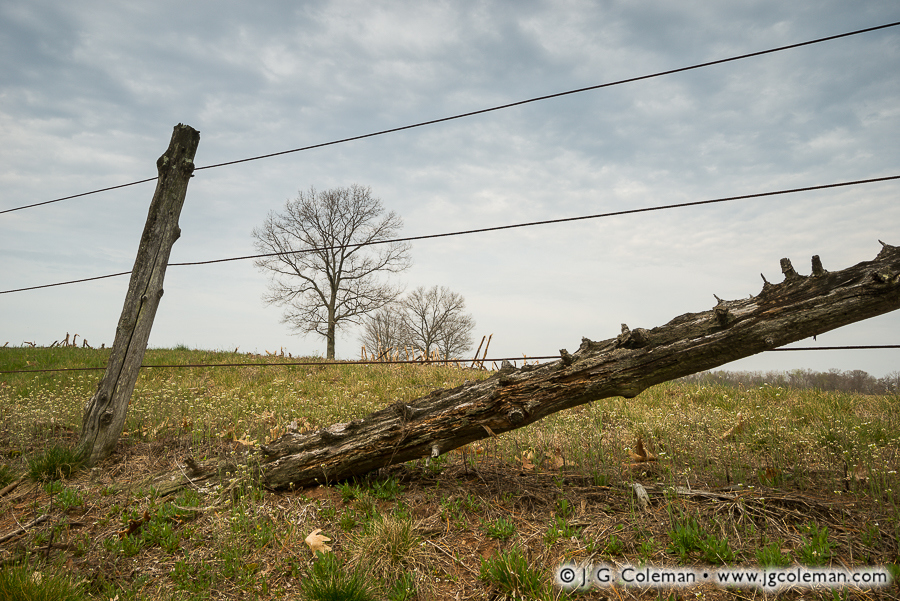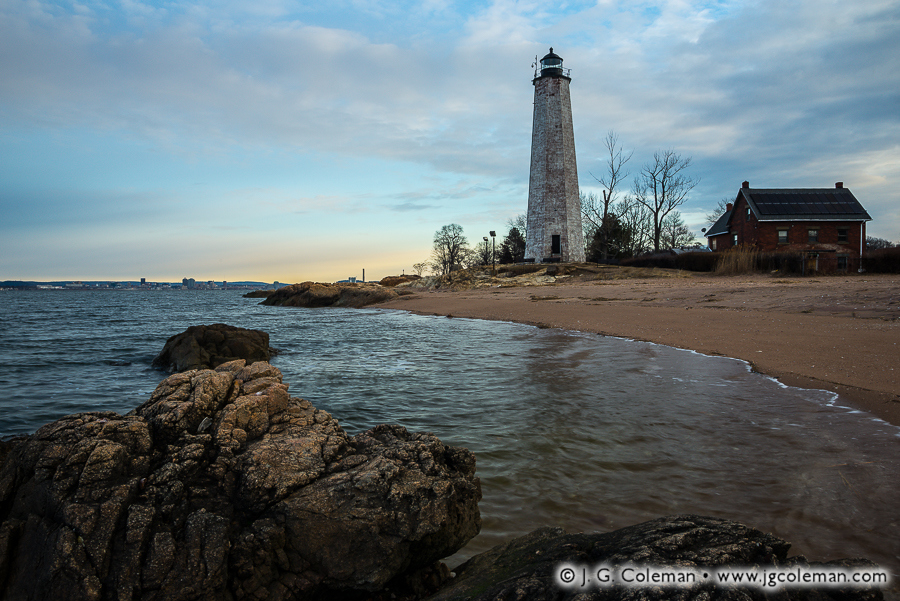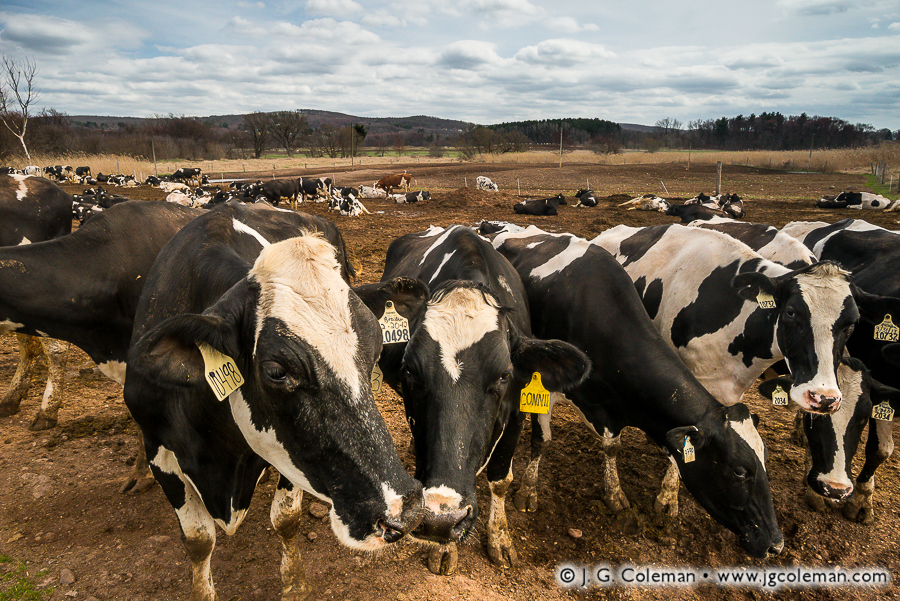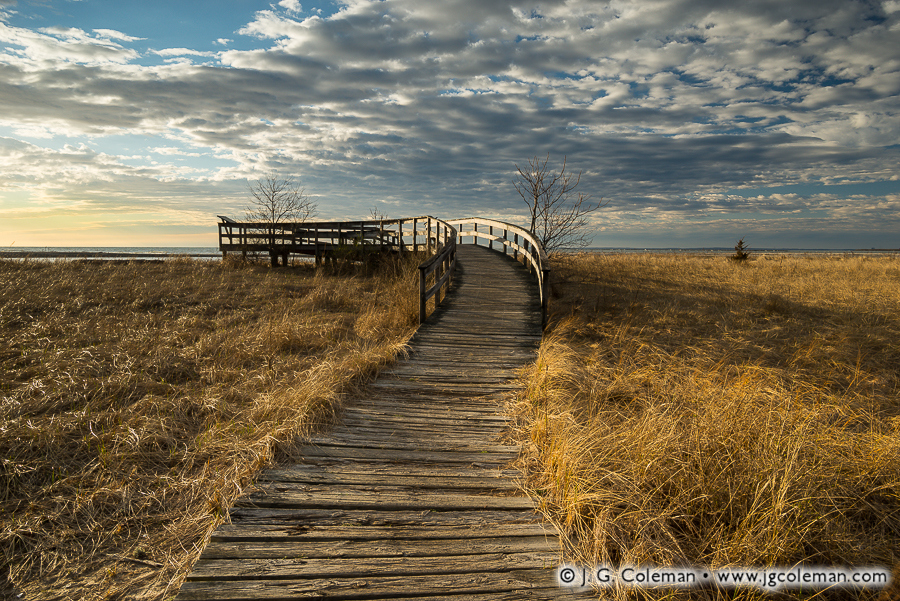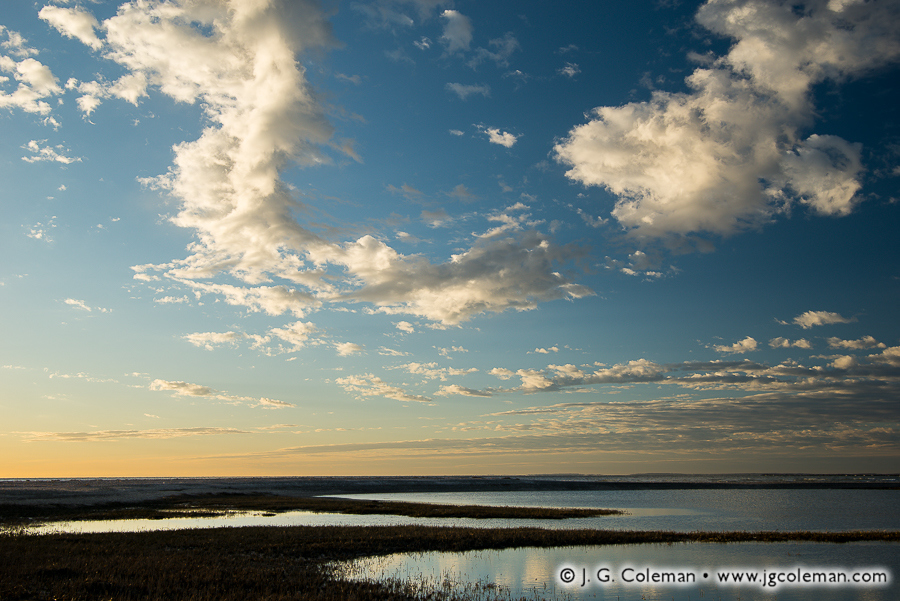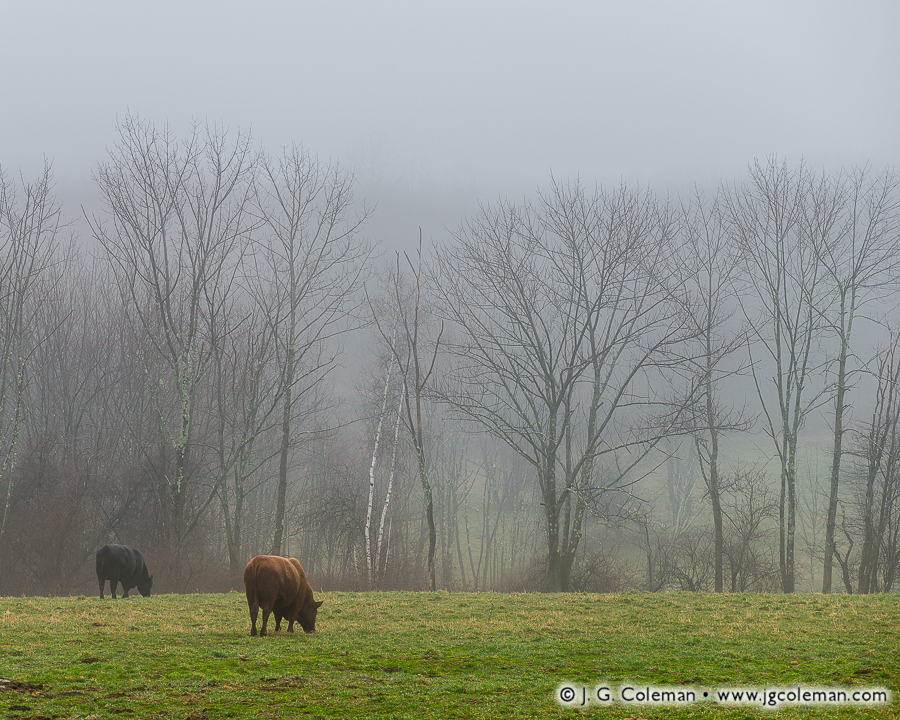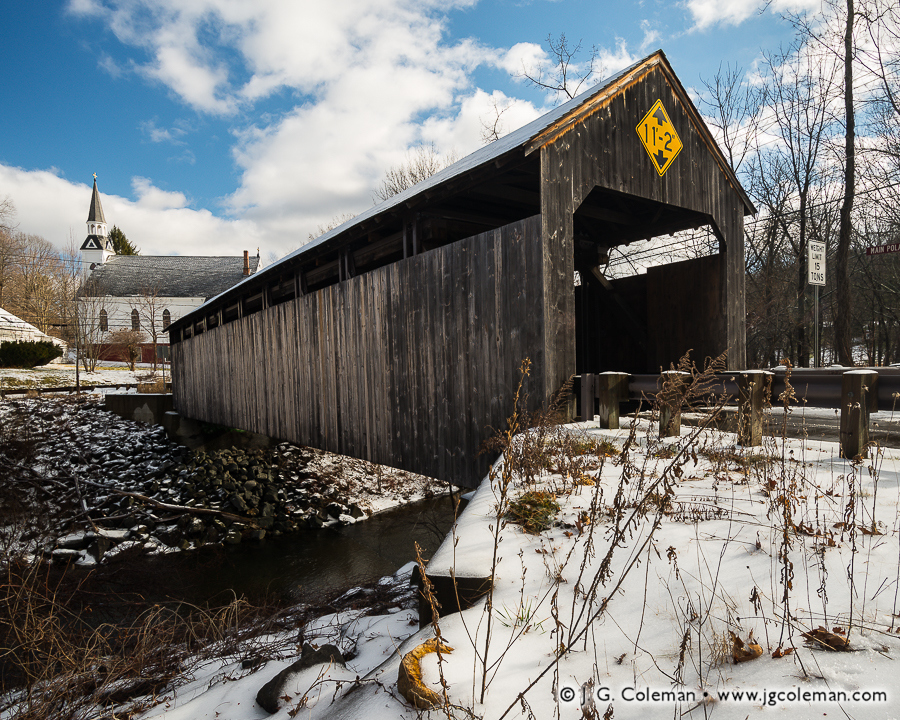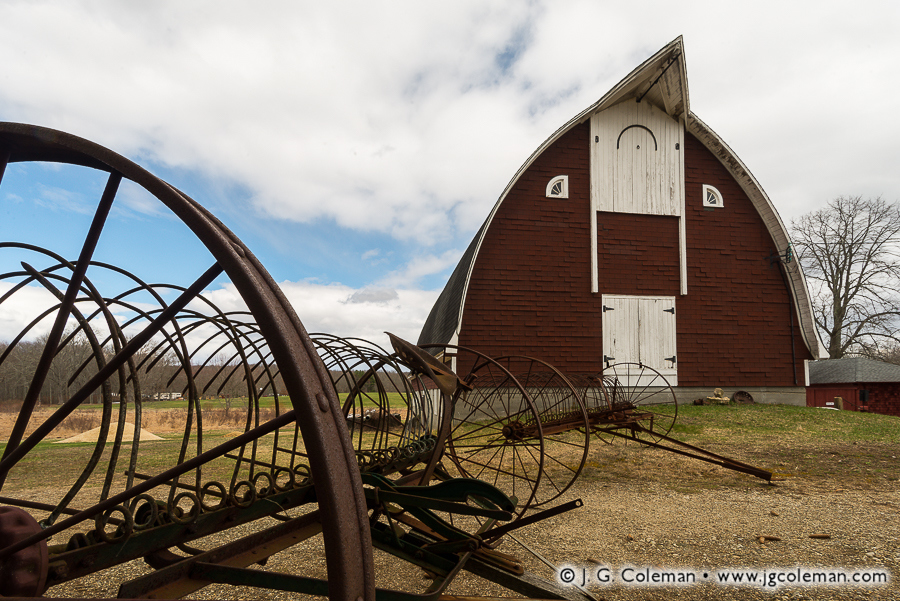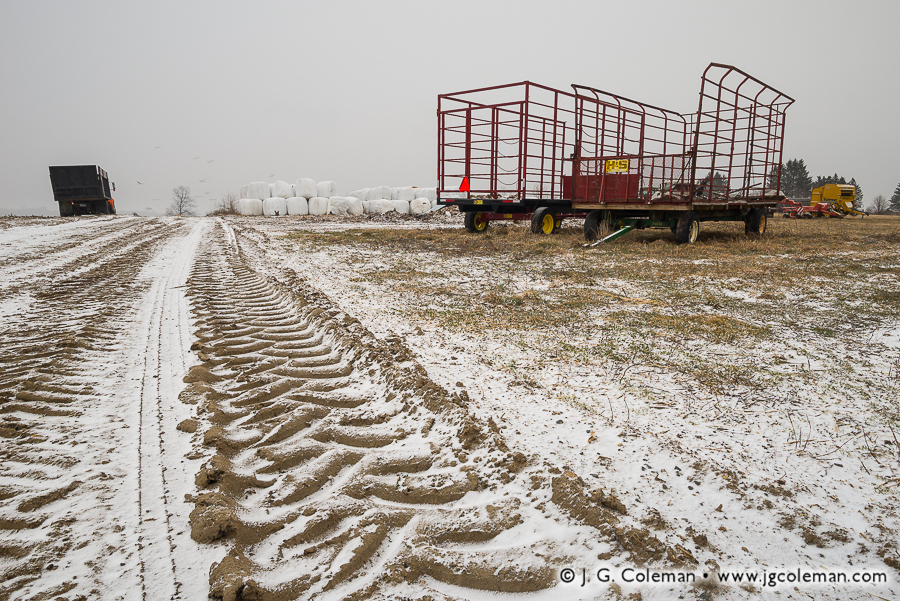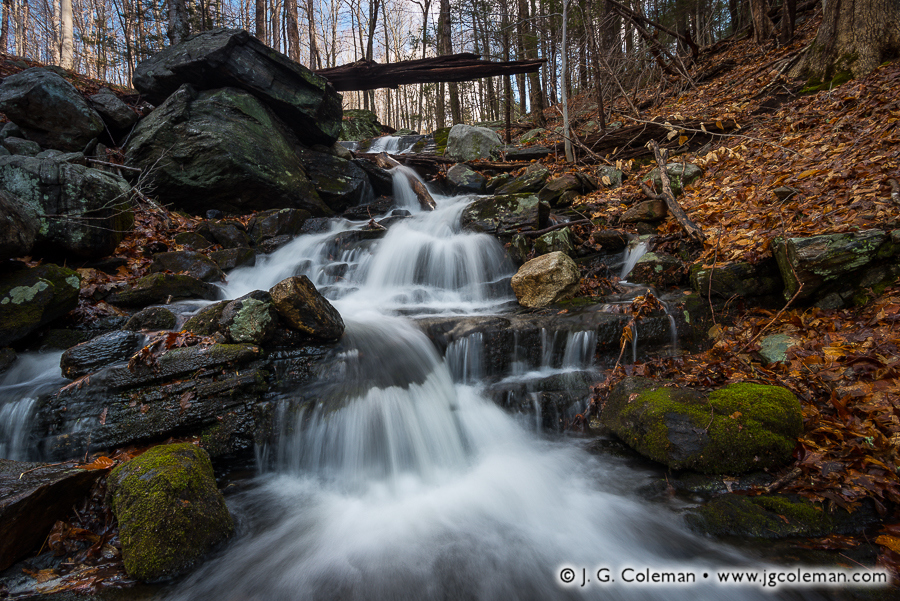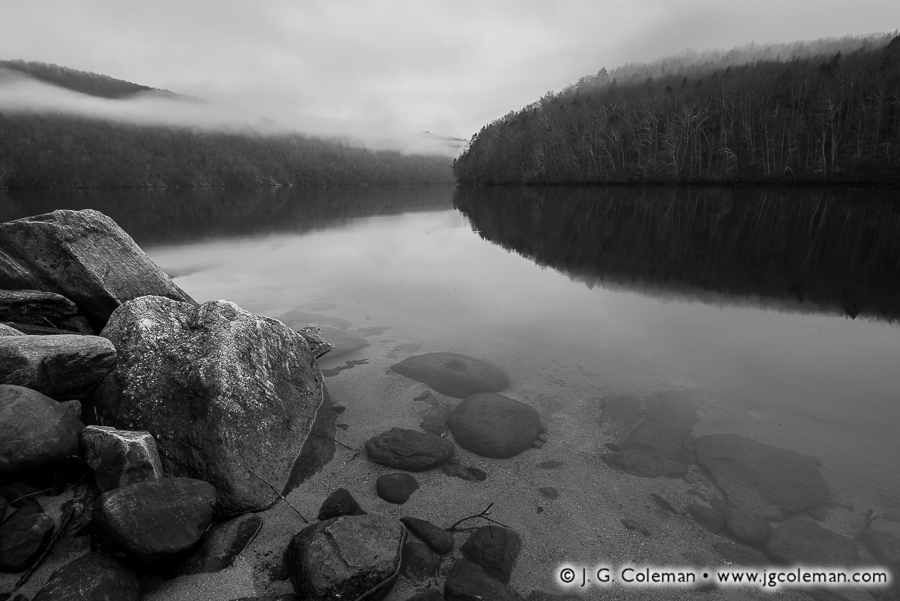
Soybean field being turned with a cultivator, Cromwell, Connecticut
© 2016 J. G. Coleman
Morning sunlight filters down through a hazy mesh of clouds, falling upon the warm springtime landscape below where trees at the periphery of the farm are freshly-clothed in leaves. With planting time fast approaching, a farmer guides his tractor in broad loops around the field, churning the soil in preparation for a crop of soybeans.
Although most folks tend to refer to any disturbance of field soil as “plowing”, farmers can tell you that’s not entirely accurate. The tractor seen here, for example, is pulling an attachment called a “cultivator” which turns a much thinner layer of surface soil in a process known as “cultivation”.
Why not just plow the field instead? Plows aerate and distribute nutrients very deeply in the soil, a crucial step for growing crops that produce deep roots. But the soy beans that will be planted in this field produce shallow roots which can’t access nutrients that are buried too deeply. In this case, cultivating rather plowing keeps all of the good stuff close to the surface where it can offer the most benefit to the bean crop.
Purchase a Fine Art Print or Inquire About Licensing
Click here to visit my landing page for “Yankee Farmlands № 65” to buy a beautiful fine art print or inquire about licensing this image.
Want to See More?
Be sure to check out all of the work from my on-going Yankee Farmlands project.


